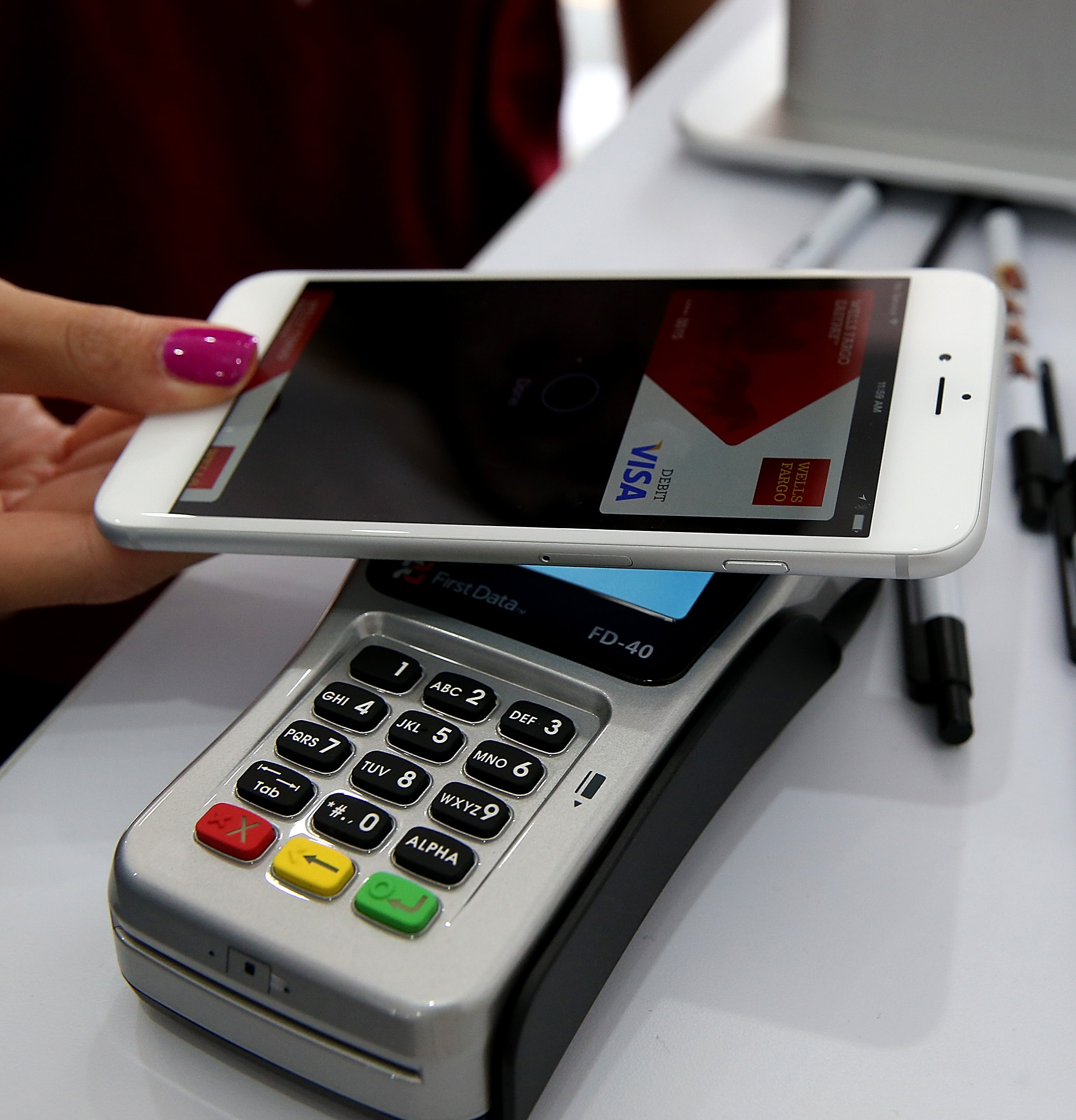No bite: Apple Pay fails to unify fragmented mobile payment market
Apple Pay, meant to inject momentum into a fragmented market for the emerging mobile payments sector, has instead highlighted the squabbles between retailers and the banking and payments industry. Since Apple Pay made its debut October 20 for US customers with the iPhone 6, several major retailers have said they would not use it. That includes number one retail group Wal-Mart and the large pharmacy-retail group CVS, which has disabled payment terminals that could accept Apple Pay.
You’re never going to come up with anything as smooth (and) as easy as Apple Pay. But if you can’t use it, you’re going to use something else.
Avivah Litan, an analyst at Gartner who follows mobile payments
A few retailers, such as McDonald’s and Disney, like the system because it speeds transactions and “every fraction of a second goes to the bottom line.” But for most retailers, credit card fees simply are too high. Apple Pay has aligned itself with major banks and payment processors Visa and MasterCard, which take a cut of every transaction, typically two to three percent. Retailers, which often operate on razor-thin profit margins, would like to cut or eliminate those fees, and Apple Pay does nothing to change that system. A coalition of merchants led by Wal-Mart, Target and Sears called MCX is promoting its own system called CurrentC, using a different technology, and importantly, allowing retailers to bypass credit cards and use direct bank debits with lower transaction costs.
every fraction of a second goes to the bottom line.
Denee Carrington

Business apple pay